2017 IDAHO QSO PARTY CERTIFICATE WINNERS
Thursday, May 25th, 2017Here is a LINK to Randy’s story on his Rover travels.
Here is a LINK to Randy’s story on his Rover travels.
(This worked in the 50’s, but may not work in the 21th century)
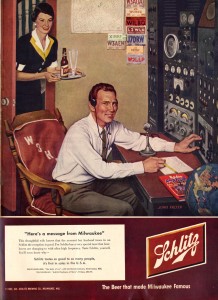
Want to see it enlarged? Use this
LINK
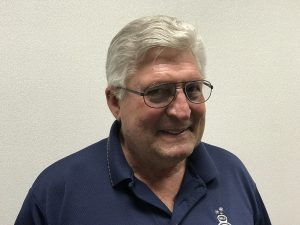
TOM FLINT
KC7UG
EPHRATA
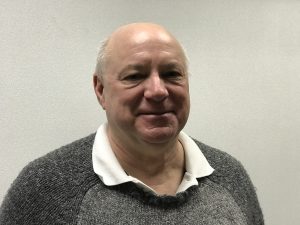
BOB ZAVREL, JR
W7SX
SPOKANE

ANTENNA PHYSICS: AN INTRODUCTION
Bob is author of this modern book, published by the ARRL (and available from them or Amazon or other sources).
These two books are free.
1. K1TTT David Robins: BUILDING A SUPER STATION
713 pages – The history of building the K1TTT amateur radio super station in Peru, Ma. 30 Years of building, re-building, changing and improving plus lots of visitors and events. You purchase it at $0.00 which means free!
Free PDF download to your computer at this K1TTT LINK.
2. G3TRP Trevor Preece: THE THE VHF/UHF DX BOOK, 2017 Replica Edition
The VHF/UHF DX Book was written in the early to mid-1990s by a team of experienced VHF/UHF DXers and equipment developers, in an effort to pass on our knowledge and stimulate further developments. Looking back, that plan worked very well… for a time. But as we entered the digital age, information of lasting value became trapped on the printed pages and was lost to the next generation of VHF/UHF DXers. To keep that information alive, this digital replica of the Second Printing dated 1995 has been released by kind permission of the copyright owner TRPublishing and its proprietor Trevor Preece G3TRP.
Free PDF download to your computer at this G3TRP LINK.
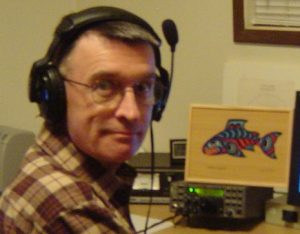
Randy (from Moscow) spent the weekend activating eight Idaho counties on CW for the annual Idaho QSO Party. Here is his story with additional pictures at this LINK.
Since randy was going to be mainly on 20 meters, Steve K7AWB decided to see if he could work Randy in all of his activated counties over the two day contest. He did, just barely. The distance between the two stations was too short for F2 propagation so it required Steve to use a mix of headphones, adjusting the rf gain to reduce background noise, turning the DNR way up past usual use, going to 200 Hz filter, using the outboard 20 meter Yaesu preselector filter, and of course using a 20 meter yagi with 6 elements at 90 feet helped.
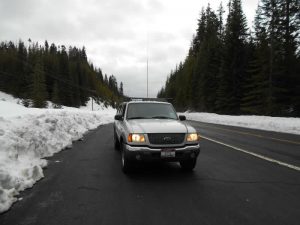
Clearwater County

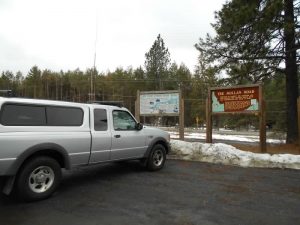
Kootenai County

In the woods of Massachusetts, pairs of contestants huddle in tents filled with communications equipment. Their voices soar through the air, riding waves into the atmosphere, as they comb through static and noise for a response from the other side of the world. They’re searching for loot–in the form of other voices in the sky. The rarer their contact, the more valuable their treasure.
Joining them in their quest is author J. K. George, an experienced radio operator himself, who guides you through the exciting world of amateur radio competition and the intriguing characters of the 2014 World Radiosport Team Championship. The competitors hail from across the planet–from youthful challengers to veterans with decades of radiosporting experience. You will meet fascinating personalities not only among the teams themselves but also among their ”widows”–spouses left behind for the allure of the airwaves.
They battle computer malfunctions, getting lost, and staying at the top of their game for 24 hours in a hot, stuffy tent. The final scores bring surprises, disappointments, even a recount, and decades-long friendships will be stressed in the fight for the crown of amateur radio–the ultimate ”contact” sport.
This amateur book about the last WRTC contest in New England is available from your favorite bookseller including AMAZON for $17.79 hardbound on May 26, reduced from $22.95 list.

Jay WS7I
It seems like forever that Jay Townsend WS7I has been our main QSL card checker for DXCC, VUCC, and WAZ awards. Jay has resigned the card checking from both the ARRL DXCC/VUCC program and CQ Publications WAZ program. He also reports is he is no longer the DXAC (DX Advisory Committee) member from the Northwestern Division for the ARRL.
Our remaining card checker is SDXA member Bruce Wade N7ZA whose contact information is at the bottom of this page. He can check DXCC, VUCC, WAC, and WAS cards for the ARRL awards.
Interested SDXA members for the card checking position should discuss their interests at the next SDXA meeting on April 6.
SDXA thanks Jay for the multitude of card checking, both in Spokane and at other regional ham gatherings.
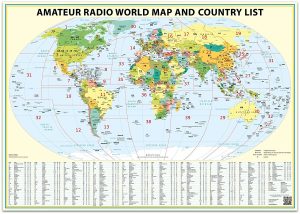
I ran across this ham radio world map for sale on AMAZON. Although I have several ARRL maps on my shack walls, this map looks promising. I always check world maps to see if they are current by seeing if they show the latest country, South Sudan in Africa. On March 9, it was selling for $23.49, being 24″ x 36″ and showing the 40 CQ zones.
Although our birthday is really March 16, we celebrated early at the regular March SDXA meeting. Here are some shots of the activities and the CAKE (thanks Marybeth!).

Marybeth AE7GT cuts the cake
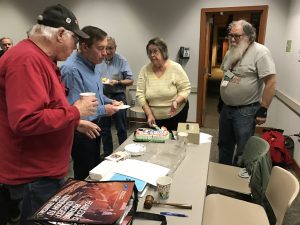
Around the cake table, left to right: Bob N7AU, Randy W7TJ, Dick W7BHP, Marybeth AE7GT, and Treasurer Harold AD7QJ

Happy Birthday SDXA
For a short history of the start of the organization, try this LINK by Lamar Ray WA7LT.
by Steve K7AWB

In the late 40’s and early 50’s, my folks owned the Boat Restaurant west of Smelterville, ID on Highway 10 (previous to I-90). They had car hops bring the trays of hamburgers to your car’s window. No roller skates then (as Sonic does now) due to the graveled parking lot. For the five years there, I was in grades 1-5. I asked my Dad why he parked his car up in front of the restaurant rather then behind the facility where it might be safer. He also had the car hops park their cars in the front too. He said that people driving by on Highway 10 would see the cars and presume the restaurant is open and is a popular place to eat due to all the activity. Tourists would be more likely to drop in if they saw activity at the place. Good marketing way back then.
So why the story? I figure if more of our SDXA members sign up early for our once-every-four-years DX convention in Spokane, it may spur others to sign up too, seeing all the local interest and activity. HAVE YOU SIGNED UP YET? It is August 4-6 and there is a link to the separate website below by the trophy picture.
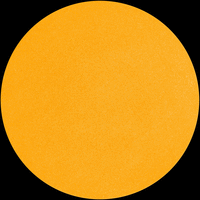
THE SUN WITHOUT SUNSPOTS ON MARCH 13, 2017
PROPAGATION RATED POOR
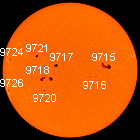
THE SUN ON DECEMBER 3, 2001 WITH A SUNSPOT NUMBER OF 271
PROPAGATION GREAT – TOP OF THE SUNSPOT CYCLE #23

AN ORANGE – SORT OF LOOKS LIKE THE SUN?
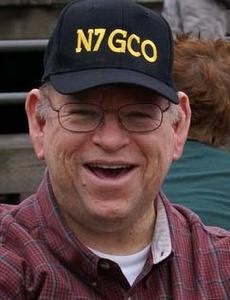
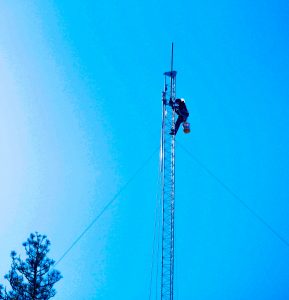
Climber Jeremiah Puhek KD7DMP

DB18 Going up

Almost ready for Bouvet Island in 2018
At monthly meetings, we often get an update on propagation, the solar cycle, and the lack of sunspots during this solar minimum from Randy W7TJ. Here is a recent article Randy wrote on the subject. If you would like to see more articles like this, let him know.
Sunspot Cycle 24 fell down and was so dismal due to a extremely low and slow start; however, the main driver was the declining magnetic strength, complexity and size of the sunspots which initially started in cycle 23. This trend was “briefly” rectified 4th quarter of 2013, carried through 2014 (the year of the small peak), and started a decline again 2nd Quarter of 2015. All the forecasting models have used the Smoothed Sunspot Number as their “gauge” and reasonable sunspot strength (measured in Gauss is just {assumed}). Below is data from Livingston and Penn and NCAR (National Center for Atmospheric Research in Boulder, Colorado) and the HAO (High Altitude Observatory). *See the links below:
Livingston and Penn Sunspot Strength LINK
Cycle 24 will continue it’s fast decline as MUFs fall (Best signal strength will be when operating at 70% of the MUF) and the low bands will see a nice up-sweep in propagation until the critical frequency drops below 2 MHz. Looking forward to the start of cycle 25:
New Sunspots must be of reverse polarity and high latitude on the Sun (above 60 degrees). The biggest factor is there MUST be a reversal of the declining Sunspot Magnetic Strength and Size (which has been on the decline since cycle 23 and is continuing).
So, three Possible Scenarios (the Current Data and Trends point to Scenarios #1 and #2 as most probable):
1. Sunspots could disappear completely, ushering in a Dalton or Maunder type Minimum.
2. Cycle 24 could see a long drawn out extended low {beyond 2019} (similar to cycle 23’s end), setting up cycle 25 to be a mere “Flash in the Pan”.
3. Or, Cycle 25 could get off to a fast start, with many large strong high latitude spots …… then we can get our 6 Meter Antennas ready.
Randy
W7TJ